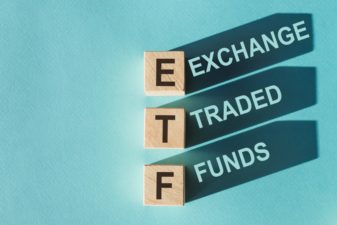PotashCorp (TSX: POT)(NYSE: POT) is the world’s largest food nutrient producer by capacity, delivering the three primary crop nutrients: potash, nitrogen, and phosphate. Potash, the key profit generator for the company, is mainly produced at a number of sites in Canada, with further investments in four potash-related businesses in South America, the Middle East, and Asia.
The company embarked seven years ago on a major potash expansion initiative that includes projects at each of the potash sites. By its anticipated 2015/2016 completion, the $8.3 billion expansion program will increase installed production capacity to over 18 million tonnes, an addition of roughly 8 million tonnes onto 2008’s capacity.
The competitive position of the company in potash production, high-volume growth, and attractive product prices in the mid-2000s, combined with long lead times to develop new production facilities, were all factors contributing to the decision for this massive capacity expansion. However, market have dynamics deteriorated considerably since 2008 when the company started to ramp up these capital expenditures.
The question is whether the company will be saddled with large scale idle capacity over the next few years. Compared to the expected 18.1 million tonnes of installed capacity, potash sales peaked at 9.4 million tonnes in 2007 and 2014 sales are expected to be around 8.5 million tonnes. Both production and sales have grown by just over 1% per annum for the past decade.
Towards the end of 2013, the company announced that it would be mothballing certain production facilities and retrenched about 18% of the workforce. It seems unlikely that the company would be able to fill this production capacity any time soon.
However, food production offers enormous opportunities to companies that can position themselves correctly to benefit from the growth expected in global food consumption. The global population is rising rapidly and almost 800 million people are expected to be added to the current population by 2020. Urbanization and growing per capita income in developing countries support the food consumption growth trend.
Fertilizer consumption, including potash, is expected to grow from 160 million tonnes in 2010 to 215 million tonnes by 2025. PotashCorp is ideally positioned to benefit given its access to ample raw material supplies and its status as a global low-cost potash producer.
Despite the fact that the company will have to deal with considerable idle capacity for years to come, the bulk of the expansion has now been completed and capital expenditures will rapidly decline from an annual peak of more than U.S.$2 billion in 2011 and 2012 to around $1.1 billion in 2014 and further in 2015 and 2016. This will support free cash flow generation, which could be utilized to continue the share buyback and dividend payment programs.
To gain the maximum benefit from the additional capacity, both solid growth in potash demand over time and reasonable pricing are required. Fortunately, the company can afford to be patient as the balance sheet is sound with a net debt to capital ratio of 26% and free cash flow of more than $1.3 billion in 2013, despite the high capital expenditure levels.
Simplistic valuation approaches that only consider the current depressed profitability of the company do not provide an adequate assessment of the potential value created by its large-scale expansion. A discounted cash flow that considers the possibility of a higher capacity utilization and high cash flow generation in future years indicates considerable upside potential, although this is based on assumptions that product prices can maintain current levels and that idle production capacity could be filled over time.
The share price of PotashCorp has not performed well over the past number of years, as product prices declined sharply from the 2008 peak and volumes did not grow materially. The share price has also lagged behind the performance of its peer group, including Agrium (TSX: AGU)(NYSE: AGU). However, the company has created an extraordinarily valuable production capability in a vital industry. This could be a very good entry point for long-term investors.








